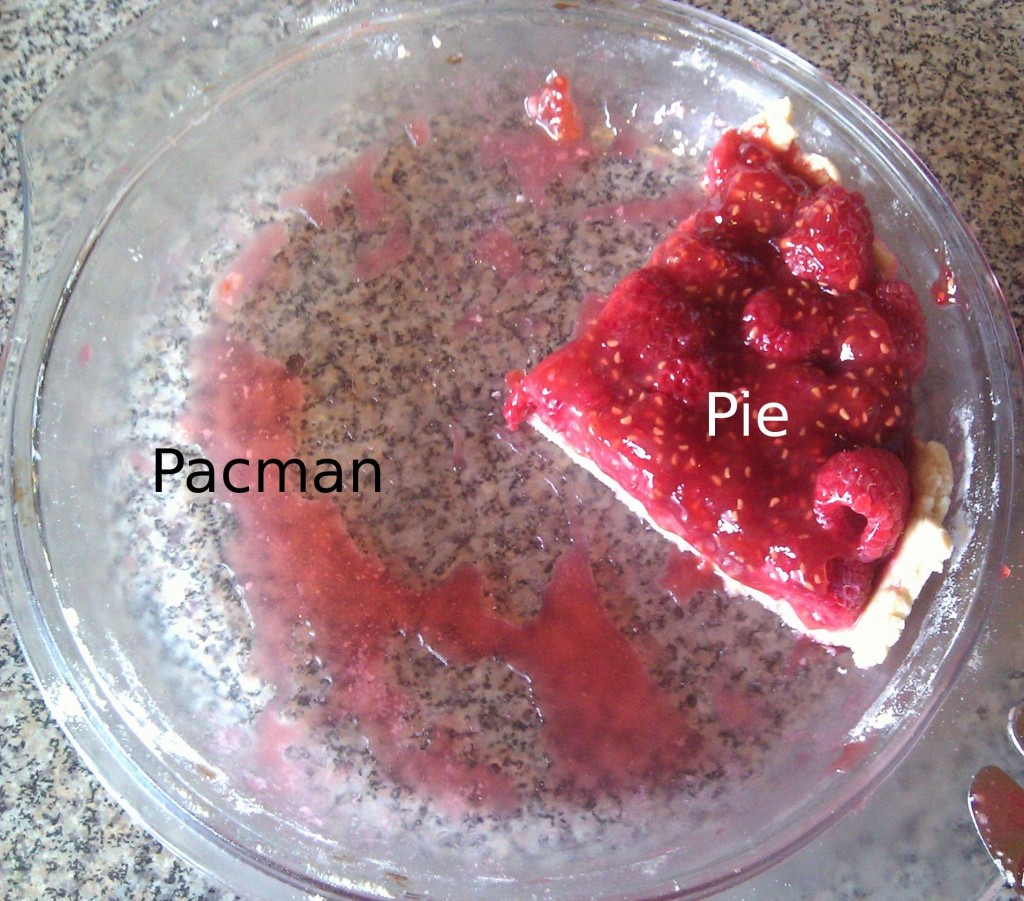I am presently coming to the end of a holiday in and around Chamonix in the Alps (first time I have been outside the UK for several years) and this consists of some notes on interesting things I have noticed.
They drive on the wrong side of the road fairly consistently, this takes a while to get used to.
Many toilets consist of holes in the ground, many lack soap and some even sinks. The romans had better toilets well over 2000 years ago, toilet technology has made significant advances in the last couple of millennia why not consistently take advantage of this? They have special ceramic things to go around the holes in the ground, why not use one with a more useful shape?
This is not to say that they don’t also have perfectly good working toilets or even that the good ones are not in the majority.
There is much greater biodiversity on the Alps than on mountains in the Lake District or the Cairngorms (my more regular haunts) many of the flowers are familiar from their use in gardens but I don’t think there is a garden centre in the world large enough to fit all the varieties of beautiful plants that there are in the Alps. There are also many insects I have never seen before a few of which are a little vicious including the very large number of ants which one must take great care to avoid sitting near.
Some of this greater biodiversity might be due to the mountains being younger and so more fertile or due to warmer summers but I don’t think that completely explains it. I suspect the fact that the landscape of the Lake District and Cairngorms being an artificial one created by our destruction of the forests which would naturally cover them has some significant effect as will the grazing by lots of sheep. The beautiful mountain meadows in the Alps are I think more naturally occurring with the trees not covering them because of the ground being above the tree line rather than felling.
I am on holiday with my parents who were last here some 27 years ago which allows them to notice some of the more obvious changes that have occurred in that time. Chamonix is about 3 times larger than it was then. The glaciers have clearly retreated a long way in that time and there is much less snow on the tops of the mountains than there was at the same time of year. Here climate change is an obvious “I can see it just by looking” thing (though obviously this could be a localised thing but for that we know it is a global one). We climbed up to a glacier and touched it, in a “do the things your children might not get a chance to do” and a “pictures or it didn’t happen” frame of mind.
The public transport up and down the valley is free, regular, punctual and really rather nice rendering cars completely unnecessary for the tourist. (Apparently funded by a 1€ a night per tourist tax)
Bread and (real) milk won’t last more than a day necessitating regular shopping, bread purchased in the evening may already be stale :-(. Restaurants may not open until 19:00 which is tedious when you need an early dinner.
The Alps are much more work than British mountains, so much more up, so much more down.
The Alps can get far too hot and it seems for the end of July and early August they do so regularly so perhaps June/early July would be a better time to come. Fortunately they are covered in trees which provide welcome shade and relief from the oppressive sunshine. A few hundred meters above the tree-line it generally gets more reasonable as the temperature drop due to height gain combines with stronger winds.
Gorges la Diosaz is wonderfully cool and reasonably priced at ~6€ and a lovely train journey from Chamonix.
L’Arguille du Midi is extortionately priced ~50€ but you would be hard pressed to find a better view.
Mount Chiref in Italy is much less well signposted than the several mountains we climbed in France/Switzerland which were wonderfully well signposted, still worth the climb.









